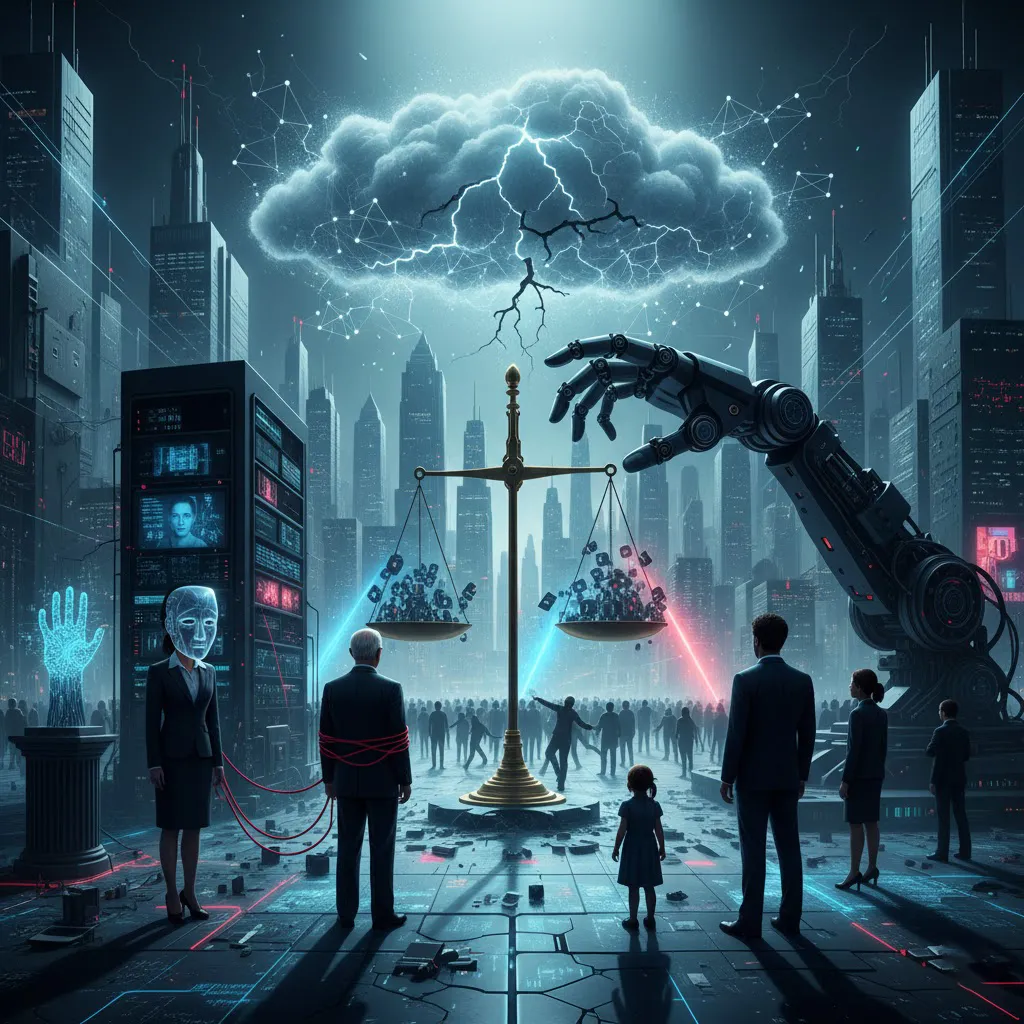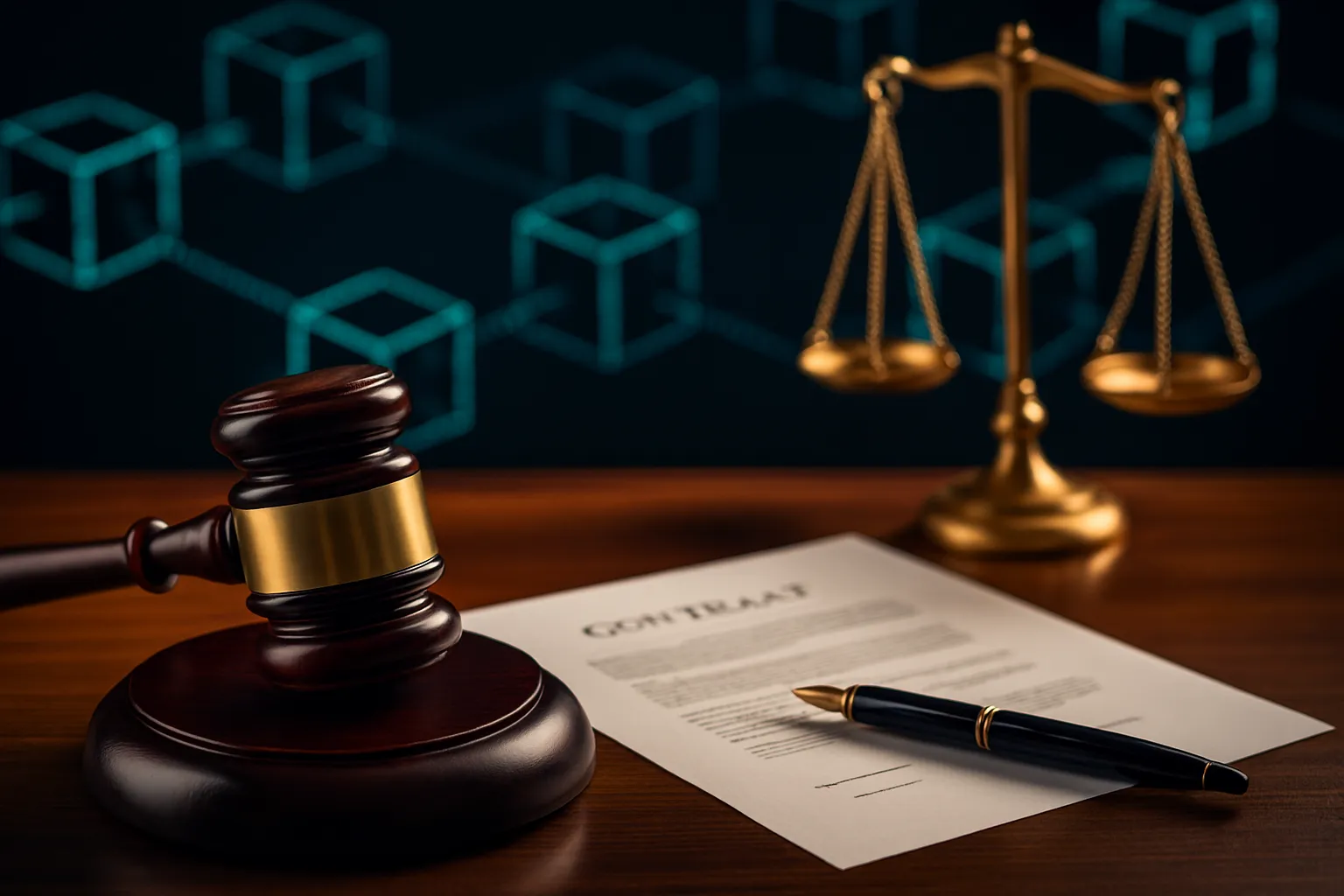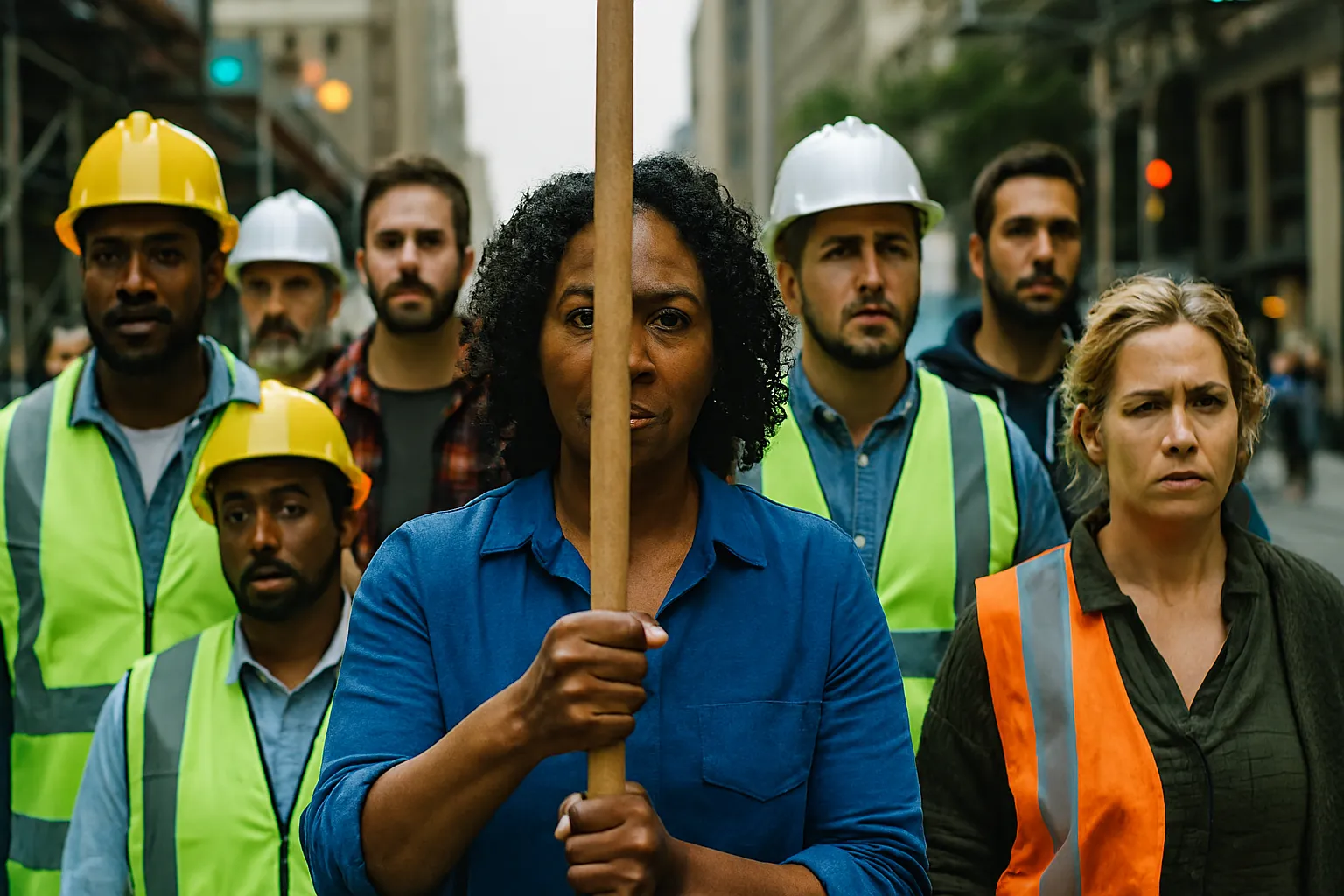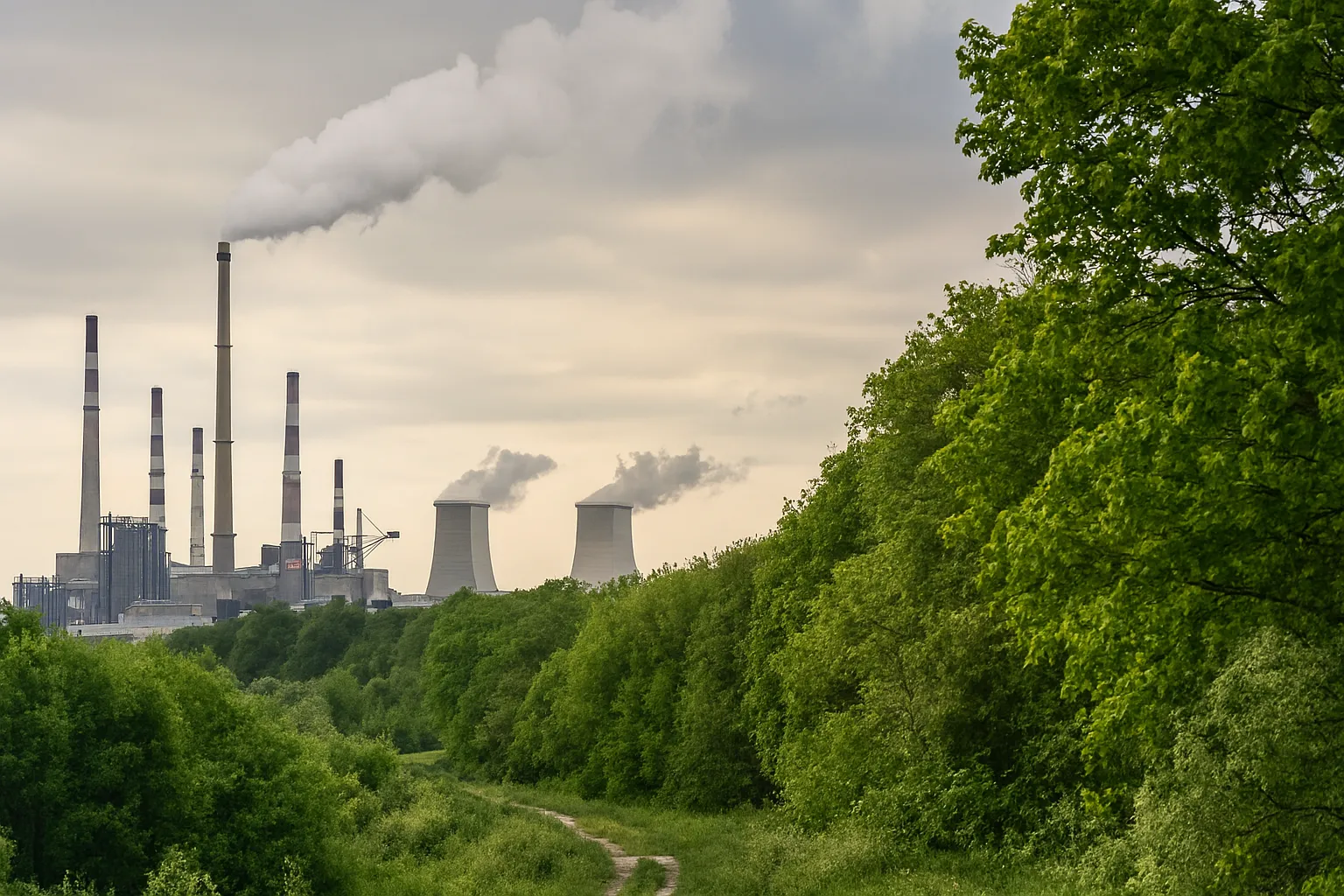Human Rights and Labor Laws: Protecting Workers in the Modern Economy
In today’s globalized and digital economy, the protection of human rights and the enforcement of labor laws are more important than ever. Workers across industries face challenges ranging from unsafe conditions and unfair wages to discrimination and lack of social protections. The evolution of workers’ rights reflects centuries of struggle, reform, and adaptation to new economic realities. This article explores the historical roots, international frameworks, and modern challenges of labor protections, while also looking ahead to the future of human rights in the workplace.
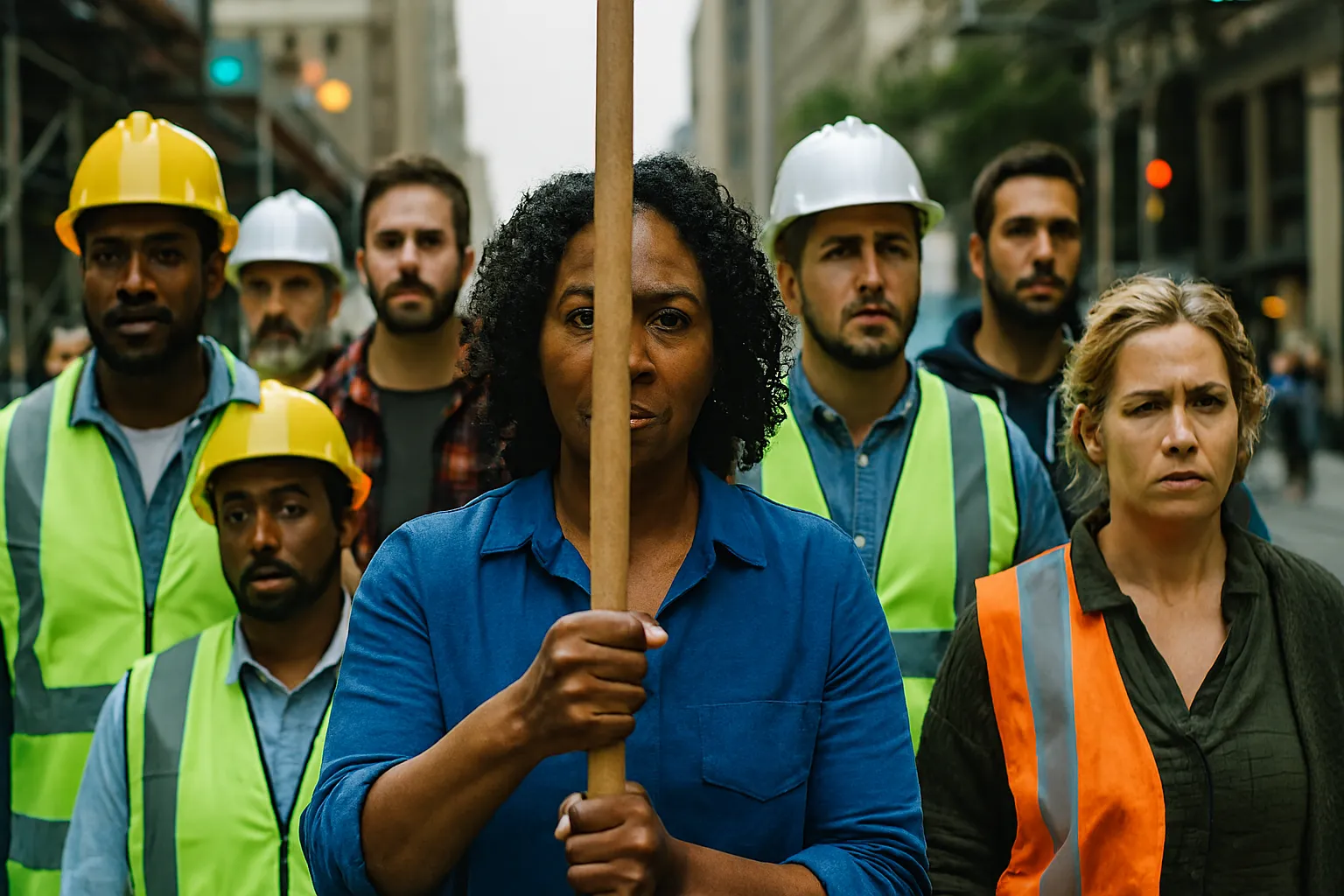
The Historical Roots of Human Rights and Labor Protections
The origins of labor rights can be traced back to the Industrial Revolution, when workers endured long hours, unsafe conditions, and minimal pay. The absence of legal protections led to widespread exploitation, including child labor and dangerous factory environments. Reformers and early labor movements began advocating for basic rights, laying the foundation for modern labor laws.
By the late 19th and early 20th centuries, governments started enacting laws to regulate working hours, establish minimum wages, and improve workplace safety. These reforms recognized that human dignity must be preserved in the workplace, not sacrificed for profit.
Key Milestones
- Factory Acts in the UK (1833, 1847) limited child labor and working hours.
- The U.S. Fair Labor Standards Act (1938) established minimum wage and overtime pay.
- The International Labour Organization (ILO), founded in 1919, set global standards for workers’ rights.
The Rise of International Human Rights Frameworks
The aftermath of World War II marked a turning point in global recognition of human rights. The Universal Declaration of Human Rights (1948) emphasized the right to work, fair pay, and safe conditions. This was followed by international treaties that reinforced the link between human rights and labor protections.
Organizations like the ILO and the United Nations played a pivotal role in shaping global labor standards. These frameworks established that workers’ rights are not just economic issues but fundamental human rights that must be respected universally.
Core International Standards
- Freedom of Association and Protection of the Right to Organize (1948)
- Abolition of Forced Labor (1957)
- Elimination of Child Labor (1999)
Labor Laws in the Industrial Age
During the 19th and early 20th centuries, industrial economies expanded rapidly, but so did worker exploitation. The introduction of labor unions and collective bargaining became essential tools for workers to demand fair treatment. Strikes and protests pressured governments to pass stronger labor protections.
These laws addressed issues like workplace safety, working hours, and wage fairness. The recognition of collective bargaining rights was a major achievement, empowering workers to negotiate with employers on equal footing.
Examples of Progress
- Establishment of the 8-hour workday.
- Introduction of workplace safety regulations.
- Recognition of trade unions as legitimate representatives of workers.
Post-War Economic Growth and Workers’ Rights
The post-World War II era saw unprecedented economic growth, particularly in Western nations. Governments invested in social welfare systems, and labor laws expanded to include protections like unemployment benefits, pensions, and healthcare. This period reinforced the idea that workers’ rights are integral to social stability.
However, disparities persisted in developing nations, where weak enforcement of labor protections left many vulnerable to exploitation. Globalization began to highlight the need for international cooperation in protecting human rights at work.
Social Safety Nets
- Expansion of social security systems.
- Introduction of paid leave and maternity protections.
- Strengthening of anti-discrimination laws in employment.
Globalization and the Challenges of Labor Rights
From the late 20th century onward, globalization reshaped the global economy. While it created new opportunities, it also intensified competition, leading some companies to cut costs by exploiting cheap labor in developing countries. This raised concerns about sweatshops, child labor, and unsafe working conditions.
Consumers and advocacy groups began demanding greater corporate accountability. The concept of corporate social responsibility (CSR) emerged, pushing businesses to respect human rights and adopt ethical supply chain practices.
Key Issues in Globalization
- Outsourcing and offshoring of jobs.
- Weak enforcement of labor laws in developing nations.
- Rise of international campaigns for ethical labor practices.
The Digital Revolution and the Gig Economy
The 21st century introduced new challenges with the rise of the gig economy. Platforms like Uber, Deliveroo, and Fiverr created flexible work opportunities but often left workers without traditional labor protections such as healthcare, pensions, or job security.
This shift raised questions about how to classify gig workers: are they independent contractors or employees? The answer has significant implications for workers’ rights in the digital age.
Challenges in the Gig Economy
- Lack of minimum wage guarantees.
- No access to paid leave or health benefits.
- Unclear legal status of gig workers.
Gender Equality and Labor Rights
Gender equality remains a central issue in labor law. Women have historically faced wage gaps, discrimination, and limited access to leadership roles. Modern human rights frameworks emphasize equal pay for equal work and protection against workplace harassment.
Efforts to close the gender gap include stronger anti-discrimination laws, parental leave policies, and initiatives to promote women in leadership. These measures are essential for achieving true workplace equality.
Key Measures
- Equal Pay Acts in various countries.
- Stronger maternity and paternity leave policies.
- Anti-harassment and anti-discrimination regulations.
Migrant Workers and Human Rights
Migrant workers are among the most vulnerable groups in the global economy. Many face exploitation, unsafe conditions, and lack of legal protections. The challenge is particularly acute in industries like construction, agriculture, and domestic work.
International organizations have called for stronger protections for migrant workers, emphasizing that human rights must apply regardless of nationality or immigration status.
Challenges Faced by Migrant Workers
- Excessive recruitment fees and debt bondage.
- Lack of access to healthcare and legal recourse.
- Discrimination and xenophobia in host countries.
The Role of Technology in Protecting Workers
Technology is not only a challenge but also a tool for advancing labor rights. Digital platforms can help monitor supply chains, ensure compliance with labor laws, and empower workers to report abuses anonymously.
Artificial intelligence and blockchain are being explored to create transparent systems that track labor practices. These innovations could revolutionize how human rights are enforced in the workplace.
Technological Innovations
- Blockchain for supply chain transparency.
- AI-driven monitoring of workplace safety.
- Mobile apps for workers to report violations.
The Future of Human Rights and Labor Laws
Looking ahead, the future of labor protections will depend on adapting to new economic realities. Climate change, automation, and shifting demographics will reshape the workforce. Ensuring that human rights remain central to economic development will require innovative policies and global cooperation.
Governments, businesses, and civil society must work together to create inclusive labor markets that protect vulnerable groups, promote equality, and ensure sustainable growth. The challenge is to balance flexibility with fairness, ensuring that no worker is left behind in the modern economy.
Conclusion
The history of human rights and labor laws is a story of progress, struggle, and adaptation. From the harsh realities of the Industrial Revolution to the complexities of the digital gig economy, workers have fought for dignity, fairness, and justice. While significant progress has been made, challenges remain - particularly in the areas of globalization, gender equality, migrant labor, and technological disruption.
Protecting workers’ rights in the modern economy requires vigilance, innovation, and a commitment to universal human dignity. By strengthening labor protections, embracing ethical business practices, and leveraging technology responsibly, societies can ensure that economic growth benefits everyone - not just the few.





